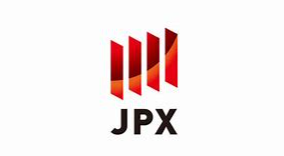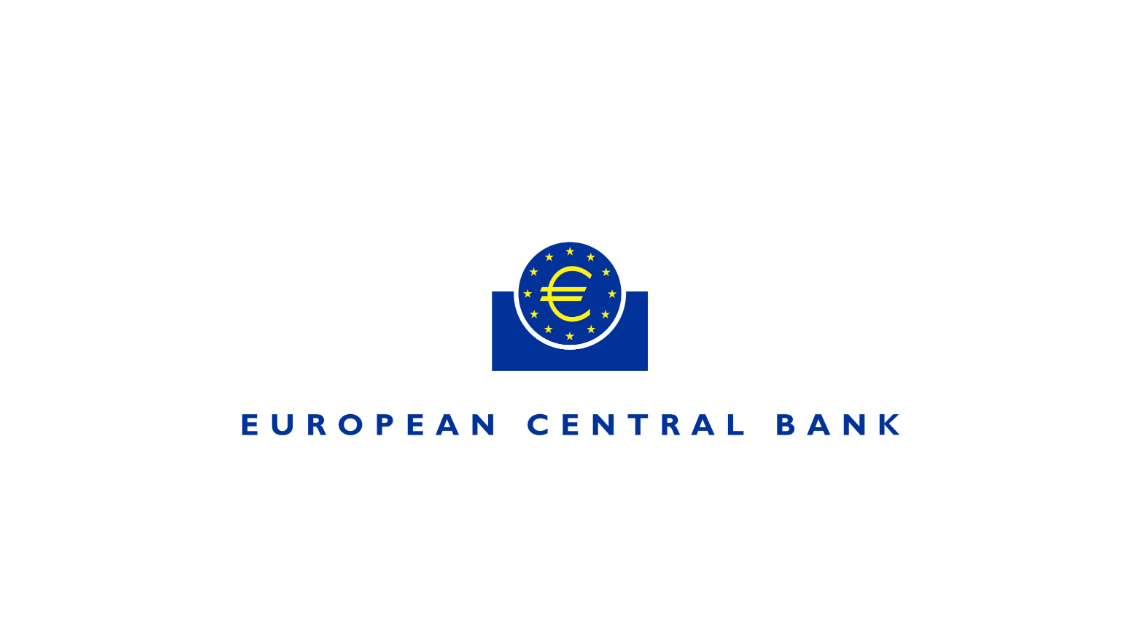China to Stay on 'Normal' Policy Path
By CHEN JIA | China Daily | Updated: 2020-11-28
PBOC report: Interest rates to be kept at low levels to support small firms
China will maintain a normal monetary policy for as long as possible and keep interest rates at a relatively low level to support small business financing and maintain ample liquidity in the system, the People's Bank of China, the central bank, said.
The PBOC statement in its quarterly monetary policy report will help remove concerns that a "normalized policy" would lead to tight financial conditions, as the economic recovery has been faster than expected, experts said on Friday.
The central bank has also reiterated its pledge to make the prudent monetary policy more targeted and flexible, and guide the actual interest rates in financial markets to steadily float around the relatively lower policy rates.
That means a further rate cut is unlikely in the near future, said the experts. The PBOC report shows that monetary authorities are relatively confident about the economic outlook. It also rules out the possibility of a "flood-like" stimulus, they said.
The report, which was published on Thursday, also said that as one of the major economies that maintains "normalized" monetary policy, China does not need to inject liquidity by expanding the central bank's balance sheet-a method which allows central banks to purchase equities in financial markets, something that central banks in some advanced economies are already doing.
"The PBOC report also excludes the possibility of liquidity tightening or a quick rate hike, although the central bank is phasing out some of the stimulus launched since the novel coronavirus outbreak," said Yang Yewei, an analyst at Guosheng Securities.
The central bank has indicated that it will continue to deploy structural policy tools, including relending and rediscount programs, to support smaller businesses and secure sufficient jobs. It expects full-year renminbi-denominated loans to rise to 20 trillion yuan ($3.04 trillion) this year, compared with 16.81 trillion yuan in 2019, while total social financing may reach 30 trillion yuan or more, indicating stronger support to the real economy.
Zhong Zhengsheng, chief economist with Pingan Securities, said: "Interbank liquidity levels have been normalizing. Most of the interest rates in the open market have returned to pre-COVID levels and credit growth has slowed. Government bond yields have also risen since the middle of the year amid signs of an economic recovery and expectations of a withdrawal of monetary stimulus".
Zhong expects that part of the relending and rediscount programs, which totaled 800 billion yuan, may be phased out when they reach maturity in 2021. The central bank is also likely to cut the reserve requirement ratio next year to inject liquidity, he said.
The central bank also stressed in the report on the need to keep macro leverage levels stable, in line with the PBOC Governor Yi Gang's speech in October that emphasized the need to control the overall money supply.
The macro leverage ratio is expected to stabilize as economic growth gradually returns to the targeted growth rate, while pressure from nonperforming loans will rise in the future, said the report.
Li Chao, chief economist with Zheshang Securities, said that stabilizing macro leverage ratio, or the debt-to-GDP ratio, will be the top focus for China's monetary policy in the coming months. That will partially rely on the slowing credit growth and total social financing next year.
The central bank has issued monetary actions of 9 trillion yuan this year to tackle the COVID-19 pandemic, while enterprises may save 1.5 trillion yuan this year through the timely measures enacted by companies to boost the real economy. During the first 10 months of this year, financial institutions saved enterprises around 1.25 trillion yuan, said the report.


















































First, please LoginComment After ~